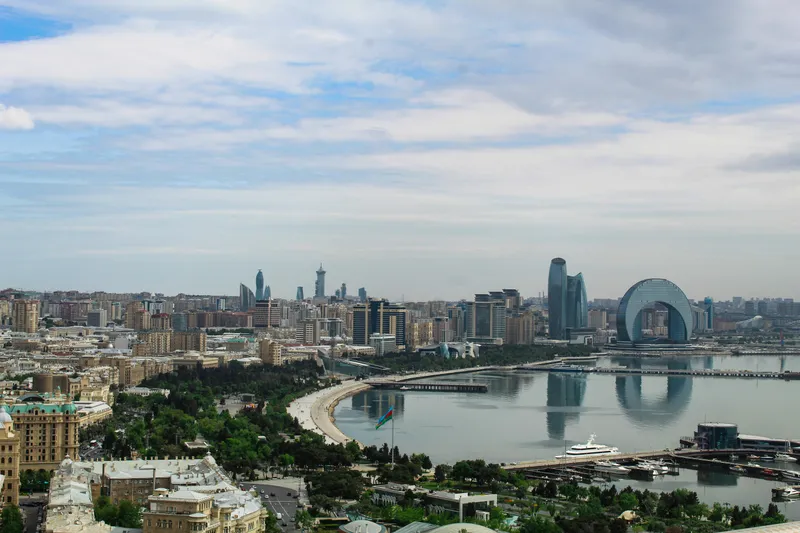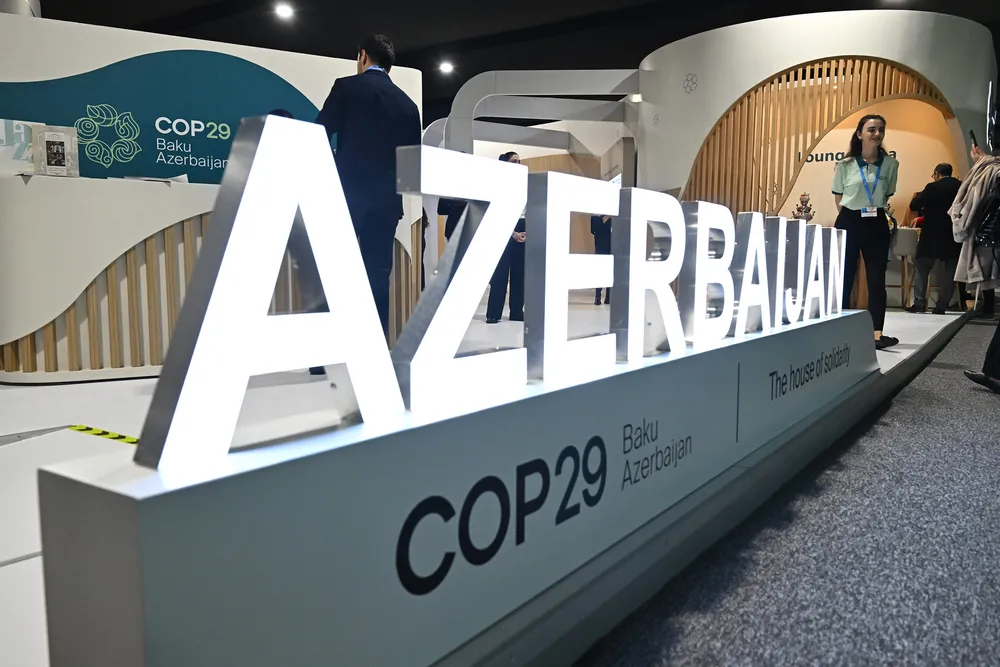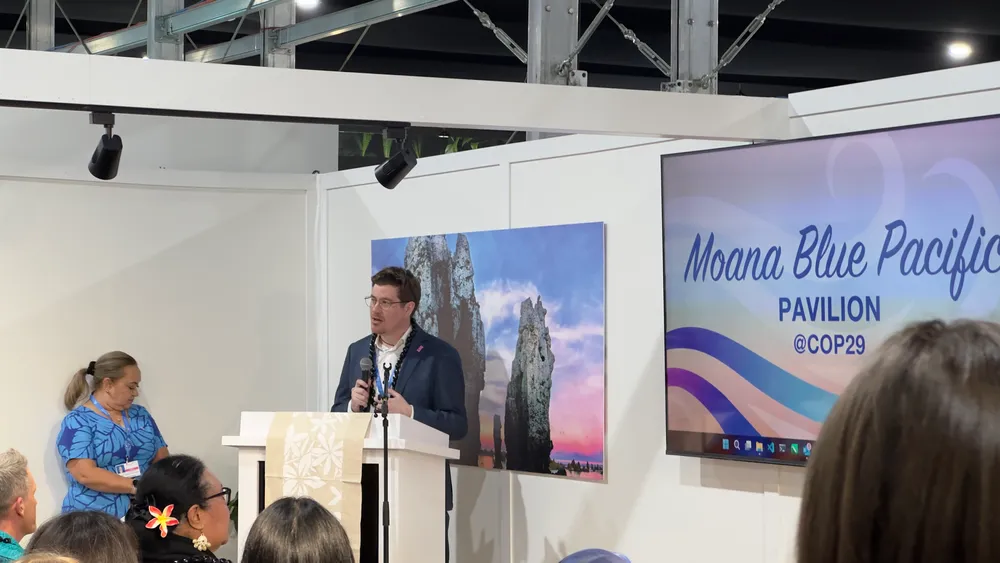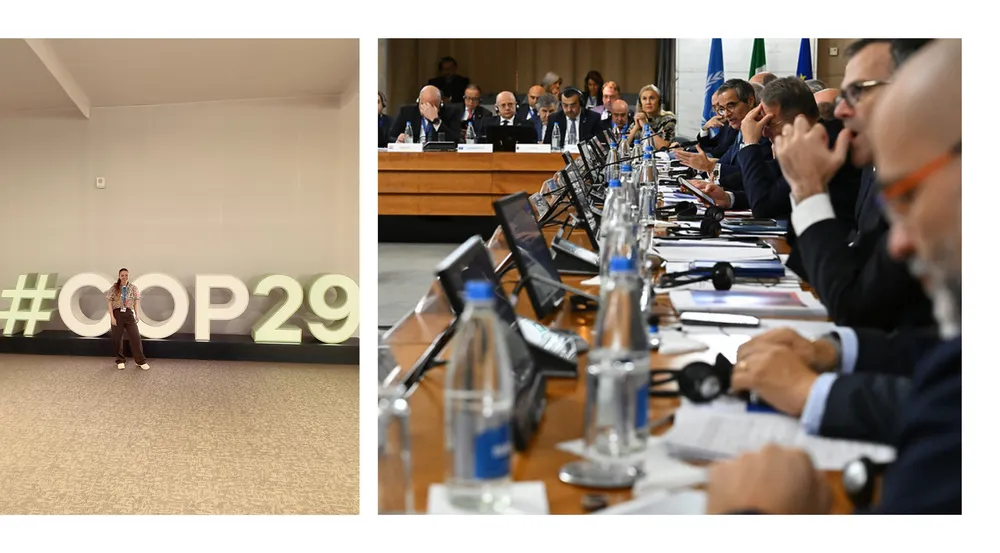NewsPerspectives
COP29 X WAM

The fight for our lives
Known as the ‘Finance COP’ this year’s summit places an unprecedented focus on mobilising funds and fortifying commitments from nations worldwide to support climate change mitigation and adaptation. Leaders from across the globe, especially from the vulnerable regions of the Pacific Rim, are gathering to take stock of progress, set new ambitions, and ensure action aligns with the urgency of the moment.
These negotiations will come to a head in the development of the New Collective Quantifiable Goal (NCQG). This is a pivotal component of international climate policy, which aims to mobilise financial resources to support countries in their fight against climate change.
At WAM, we view this conference as an opportunity to help align our operations, our project work, and the industry more broadly with the very latest trends in climate science and policy. Our ambition is to help lead the way in our region, to inspire global action and transformation, towards a more sustainable future.

To bring you up to speed with the conference, here are the top five things you need to know:
New Collective Quantified Goal (NCQG)
COP29 focuses on scaling climate finance to meet Paris Agreement commitments. Critical to the agenda is the New Collective Quantified Goal (NCQG), which aims to direct funds to vulnerable regions and prioritise adaptation in developing countries. COP29 President Mukhtar Babayev emphasised the urgent need for leadership to address the suffering in these regions.
Loss and Damage Fund (LDF)
The LDF, established at COP27, is designed to support countries facing irreversible climate impacts - a pressing concern for the countries within the Pacific Rim. A UK- and Egypt-commissioned analysis suggests that rich countries, investors, and multilateral development banks should contribute $1 trillion toward global climate finance, while an additional $1.4 trillion should come from domestic public and private sources. Though wealthy nations pledged $100 billion annually to developing countries by 2020, they only met this target in 2022. Now, poorer nations are urging a new commitment of at least $1 trillion per year to address ongoing climate needs.
Nationally Determined Contributions (NDCs)
The Global Stocktake at COP28 revealed that current emissions are off-track to meet the 1.5°C target. By February 2025, countries must submit updated NDCs to align their emissions reduction targets needed to limit global temperature rise to 1.5°C and prevent the worsening impacts of climate change.
Article 6 of the Paris Agreement
Article 6 facilitates international cooperation on climate action through market and non-market mechanisms. By allowing countries to trade emissions reductions, it seeks to improve the cost-efficiency of mitigation efforts while supporting sustainable development. COP29 aims to finalise rules for global carbon markets, ensuring transparency, environmental integrity, and the avoidance of double counting - key components for a credible, effective global emissions trading system.
Climate Adaptation
COP29 calls for urgent action on climate adaptation, especially for vulnerable regions like the Pacific, which face rising sea levels and extreme weather. COP president Mukhtar Babayev emphasised that underfunded adaptation leaves frontline communities unprotected and stressed the need for national Adaptation Plans by 2025 to establish shared standards for best practices, technology transfer and support. Additionally, the president highlighted that adaptation finance must play a key role in the Collective Quantified Goal (NCQG) on climate finance, stressing the need for transparency.

Enhance ambition to enable action
The opening of COP29 was marked by the words of several key leaders, including Sultan Ahmed Al-Jaber, president of the previous year’s summit in Dubai, COP28, and United Nations Framework Convention on Climate Change (UNFCCC) Executive Secretary Simon Stiell. A central theme in their addresses was the need for global cooperation. In his closing remarks, Simon Stiell emphasised, “We cannot leave Baku without a substantial outcome,” urging delegates to 'stand and deliver'. “Now is the time to show that global cooperation is not down for the count. So, I urge you all, let us rise together.”
Voices from the Pacific
Alongside the opening of COP29, the Moana Blue Pavilion was also unveiled, serving to represent and amplify the voices of the Pacific regions. For island nations across the Pacific, climate action isn’t optional—it’s essential. Many of these communities are grappling with rising sea levels, extreme weather, and economic vulnerabilities worsened by climate change. However, their resilience and proactive approach have made them leaders in global climate strategy. From ambitious adaptation policies to championing cultural preservation, the countries within the Pacific Rim are showing the world what it means to tackle the climate crisis head-on. As Australian Ambassador, Kristin Tilley stated: “The best solution for the climate crisis is developed by those with lived experiences.”
The pavilions opening highlighted that the one thing that connects us all is the ocean, and for the Pacific, our part of the ocean is especially important as the health of our nations extend beyond just the land. Ambassador Tilley emphasised the need for leadership and partnership within the Pacific, including Australia and New Zealand.
'A fight for our lives'
As COP29 continues and leaders at COP29 call for consensus, unity, and clear political will, the Pacific’s voice remains a powerful reminder of why immediate action is essential. Echoing the words of Commonwealth Secretary-General, Patricia Scotland “This is the fight for our lives.”
At Warren and Mahoney, we’re committed to this fight, recognising that resilient, low-carbon design must be at the forefront of our work. As we participate in COP29, we’re here to learn from global leaders, collaborate with experts, and integrate the latest insights into our projects. We know that meaningful climate action requires bold steps, and we’re dedicated to pushing the boundaries of sustainable design, championing innovation, and delivering on our responsibility to shape a resilient future – one that empowers and protects communities, especially those most vulnerable to the impacts of climate change.
Stay tuned for more to come from COP29.
